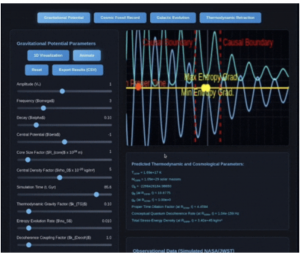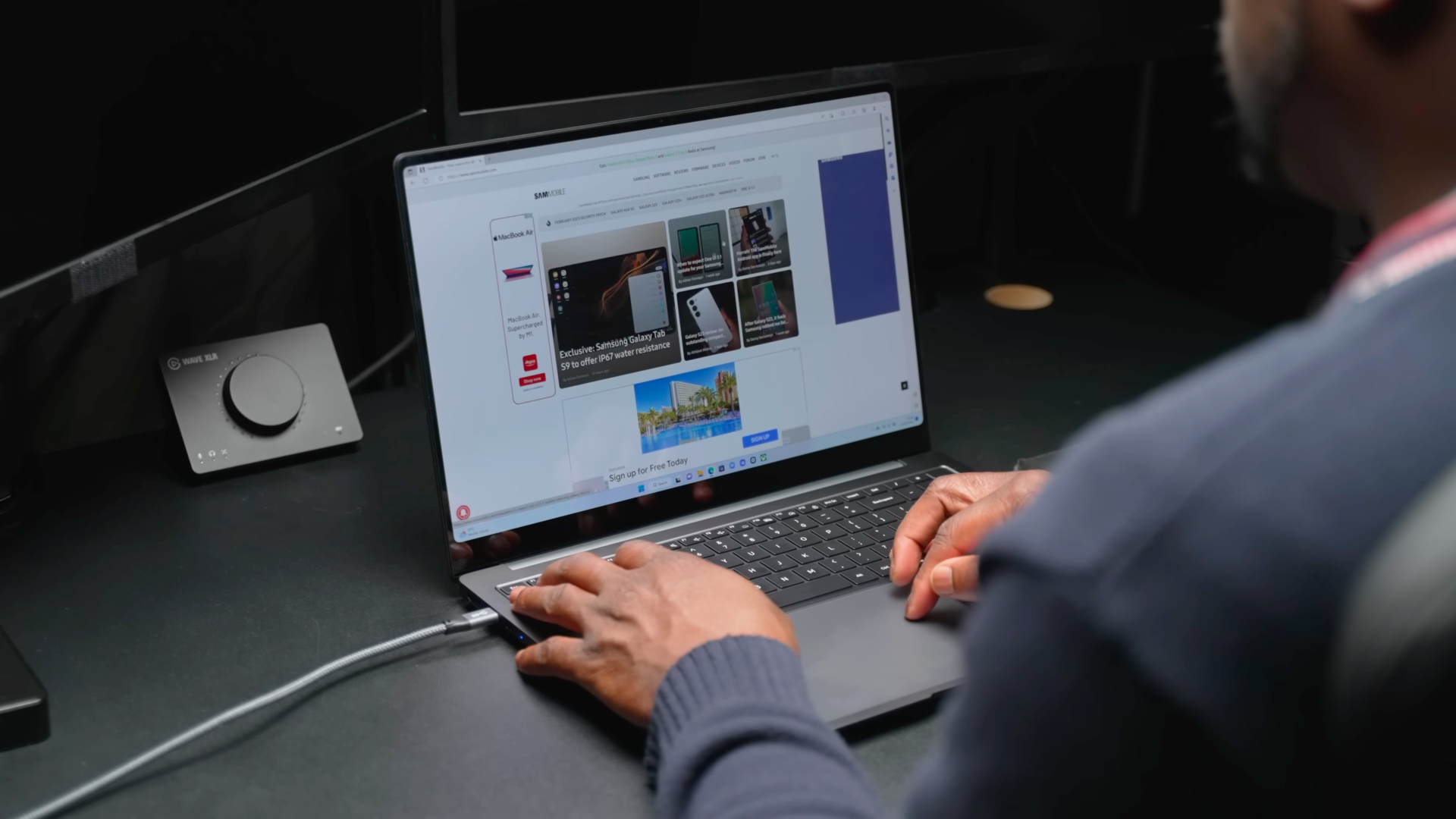Social media, especially sites such as TikTok and Instagram, has significantly impacted this trend. But the newest wave of criticism follows an in-depth New York Times Magazine investigation that illuminates the changing science of ADHD, the explosive increase in adult diagnoses, and the booming pharma business. A viral tweet on has also fueled a hot public debate, with thousands chiming in on whether this rise in diagnoses is based in fact or something more complex.
The rise in adult ADHD diagnoses
Based on more recent information, adult ADHD diagnoses have skyrocketed over the past decade. From 2007 to 2016, diagnoses of adult ADHD doubled in the United States. The pandemic also accelerated this trend, as many adults, homebound and subject to increasing pressure to be productive, started noticing trouble with focus, organization, and time management.
But is this an undiagnosed epidemic—or a misunderstanding of contemporary stress?
In her New York Times Magazine article, reporter Ellen Barry examines how shifting perceptions of ADHD, combined with shifting lifestyles and medical standards, have influenced this new narrative. “The line between a disorder and a personality trait has become harder to define,” writes Barry, noting that the diagnostic criteria for ADHD have become more elastic, particularly for adults.
What medical experts are saying
Clinicians are more and more polarized. On the one side, ADHD is a valid neurodevelopmental disorder, adequately documented within medical literature and diagnosable according to guidelines set out in the DSM-5 (Diagnostic and Statistical Manual of Mental Disorders).
Dr. Russell Barkleyone of the most respected experts on ADHD, believes that adult ADHD has never been recognized. “We now know that 60–70% of kids with ADHD still have symptoms into adulthood,” he points out. “For many, the condition just appears differently—it’s not necessarily about fidgeting or disrupting.

But some, such as Dr. Keith Connors, a psychologist who helped create the diagnostic guidelines for ADHD, have sounded warning bells over overdiagnosis and overmedication. Before he died in 2017, Connors characterized the ADHD diagnosis boom as “a national disaster of dangerous proportions,” faulting pharmaceutical companies for aggressively marketing stimulant drugs.
The booming business of focus
The pharmaceutical industry has taken notice. Adderall and Ritalin, two of the most widely used ADHD drugs, are now everywhere. The worldwide market for ADHD drugs is expected to hit $31 billion by 2031, driven not only by prescriptions for children but also by adult buyers who want to boost their brains.

These drugs—largely amphetamines—achieve their effect by raising dopamine and norepinephrine levels in the brain, chemicals linked to motivation and attention. For people clinically diagnosed with ADHD, these medications can be life-altering. But for others, especially those self-diagnosing through social media or telehealth services with little screening, the long-term consequences are unknown.
“I began Adderall following a 15-minute Zoom consultation,” says Ava, 27, a marketing executive from New York. “I was invincible for a little while. But then I became addicted to it and needed it just to get through a regular day.” Ava’s experience reflects a wider concern about how easily stimulant prescriptions are being dispensed.
Social Media, self-diagnosis, and the attention economy
The cultural discourse on ADHD has gone viral online. On TikTok alone, the hashtag #ADHD has more than 15 billion views, full of sympathetic content, symptom checklists, and individual testimonies. While such spaces have provided validation and a sense of community to many grappling with authentic symptoms, critics say they’ve also muddled the distinction between real diagnosis and common distraction.
The now-viral X post that fueled recent controversy read:
“We are all overstimulated, exhausted, distracted, and struggling to survive late-stage capitalism. That doesn’t mean we all have ADHD.”
Thousands shared the sentiment. “I thought I had ADHD,” said one user, “but it turns out I just needed better boundaries with my phone and more sleep.”
This view draws on a body of research that is increasingly pointing to the idea that contemporary life itself—perpetual notifications, perpetual multitasking, and the breakdown of work-life boundaries—is undermining our capacity for concentration.

So, what’s the real problem?
The question at hand is not if ADHD is real—indeed, it is—but whether the boom in adult diagnoses is a smokescreen for deeper social issues: the monetization of productivity, pressure to maximize every second, and societal-wide decreased mental health.
Psychoiatrist Dr. Anna Lembke, who has written about this in her book Dopamine Nationputs it succinctly: “We live in a culture that rewards constant stimulation and punishes stillness. It’s no surprise that our brains are rebelling.”
A balanced way forward
There is no question that ADHD medications, when properly prescribed, have the potential to greatly enhance quality of life. But as the NYT piece highlights, diagnosis must be judicious and thorough, rather than a hasty check-the-box exercise.
Dr. Joel Nigg, a professor of psychiatry at Oregon Health & Science University, advocates a balanced perspective. “We shouldn’t rule out ADHD,” he says. “But we also need to ask ourselves what it is when millions suddenly identify with a diagnosis that was previously rare.”
The answer can be to shift the discussion away from pathologizing distraction and towards reconsidering how we work and live. For, in a world built for speed, silence can be the most militant practice of care.







